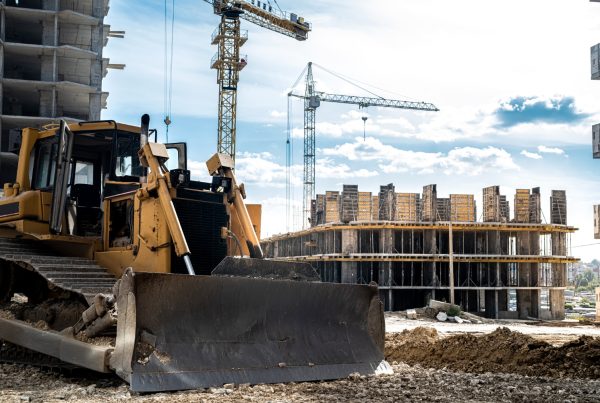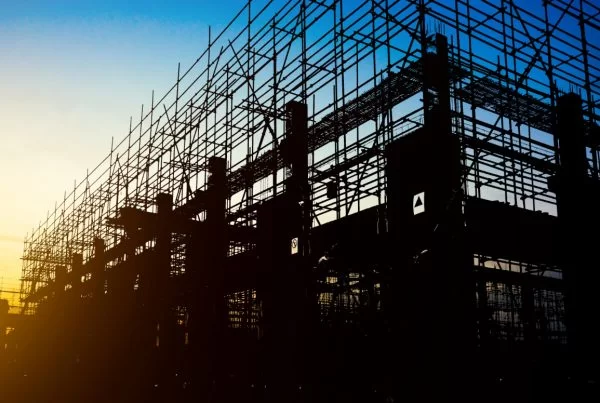
Malaysia is increasingly vulnerable to climate-induced disasters. Floods, heatwaves, landslides all of which pose serious risks to infrastructure. As the country accelerates its construction efforts under the Twelfth Malaysia Plan and sustainable agendas, climate adaptation must be embedded into how we design, build and manage our built environment. The goal is no longer just to create but to build to last.
Designing with Resilience in Mind
Resilient infrastructure is about anticipating environmental risks and building for longevity. In Malaysia, this includes elevating building platforms, incorporating rainwater detention systems, using corrosion-resistant materials, and designing for thermal comfort without relying solely on air conditioning. The Sungai Klang River of Life (RoL) project, a national flagship for urban rejuvenation, exemplifies this shift, featuring flood mitigation, water-sensitive landscaping and public spaces designed to adapt to changing climate conditions.
Nature as Infrastructure
Nature-based solutions such as green roofs, bioswales, permeable surfaces and shaded public spaces are gaining attention for their role in passive climate adaptation. These features manage stormwater, reduce the urban heat island effect and restore biodiversity in dense urban settings. CIDB, through its support for Green Building Index (GBI) rated projects, encourages developers to integrate such elements as part of standard project planning.
Leveraging Digital Tools for Climate Risk
The Construction 4.0 Strategic Plan promotes tools like Building Industrialised Model (BIM) and Geographic Information System (GIS) for efficiency and resilience. These tools allow planners and engineers to simulate climate risks, assess flood-prone zones and design smarter infrastructure. By embedding risk analysis into early-stage planning, developers can avoid costly retrofitting in the future.
A Whole-of-Industry Approach
Ensuring resilience requires collective action. Developers, consultants, regulators and contractors must collaborate to update building codes and share data. Capacity building is equally vital. Additionally, CIDB’s Construction Academy and digital training platforms can provide SMEs with the skills and knowledge needed to incorporate adaptive designs. Public-private partnerships, pilot projects and incentive schemes will be key to scaling climate-resilient infrastructure across the nation.














